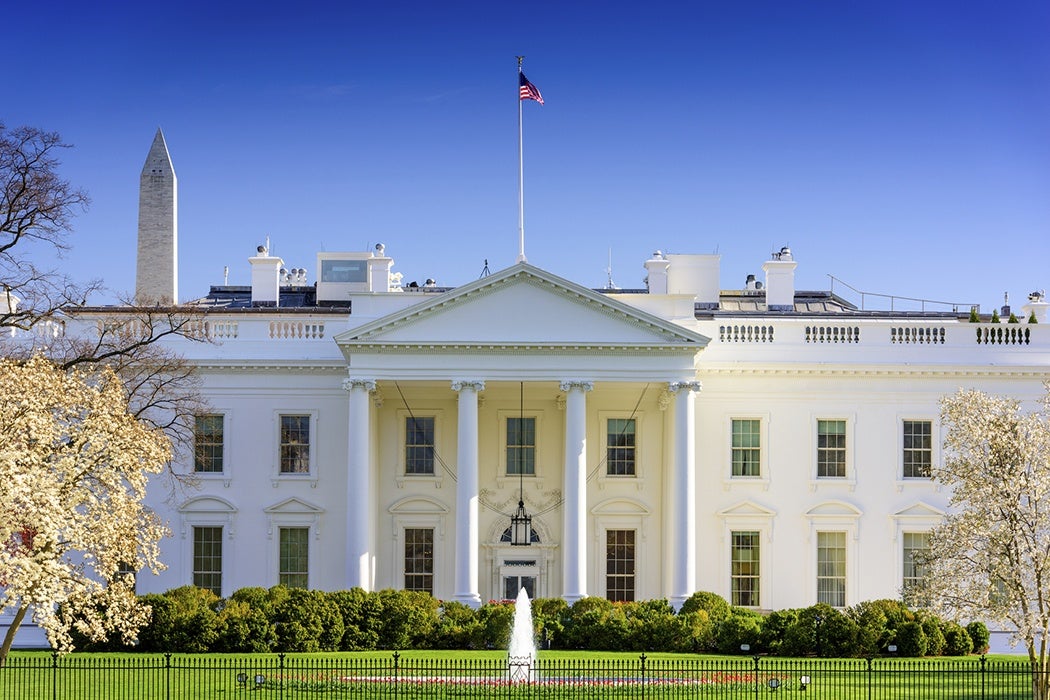Now that the election is behind us, the president-elect will need to assemble his cabinet, build ties with the newly-elected government, and move into the White House. But how do presidential transitions really work? It turns out that new presidents have a leg up on their predecessors thanks to something called the White House Interview Program—a transition resource Martha Joynt Kumar, who started the program, describes at length in the journal PS: Political Science and Politics.
Audio brought to you by curio.io
Kumar, who has helped several presidents transition, developed the White House Transition Project, which provides information to new White House staff on their individual offices. At the heart of the project are interviews Kumar and her team conducted with former White House officials. Despite reluctance of senior staffers to maintain records about their tenure in the White House, Kumar writes, her team was able to conduct dozens of interviews with staffers from different presidential administrations, both to supplement the written record for scholars and to make new staffers’ jobs easier.
The interviews cover everything from how and why staffers came to the White House, how their jobs related to other staffers, and the unique pressures and issues faced by White House staffers. They were accompanied by organizational charts designed to help staffers reconstruct how past administrations’ staffs ran.
“Overall,” writes Kumar, “we learned that there are more similarities than differences among administrations and we identified patterns within offices that helped incoming staff to have a sense of the operating environment of their unit.” These patterns can make the difference between chaos and control for groups of staffers who are new to life in the executive branch—and who, due to the 1974 Presidential Records Act, aren’t entitled to immediate access to presidential records, which leave the White House to be kept in presidential archives.
Weekly Digest
The White House Transition project has grown to include reports on everything from how to fill a Senate vacancy to how things go down when a President-elect is disabled. And staffers aren’t the only ones to benefit: As Kumar notes, both journalists and scholars have used the transition resources to do their jobs. As the world gets further into the social media age, the current White House is also working on plans to transition the wildly popular @POTUS Twitter account and other social media assets to the next executive, too. The transition may not be simple, but it’s good to know that every four years, each new administration has some support as it takes the reins.







